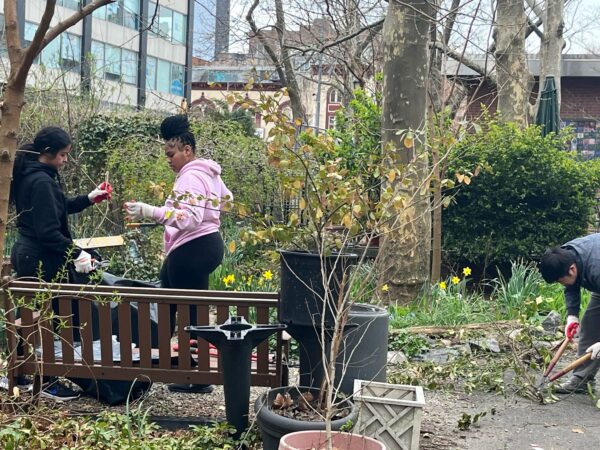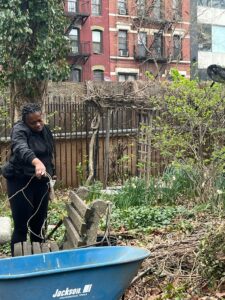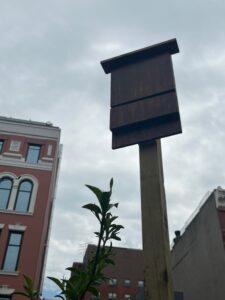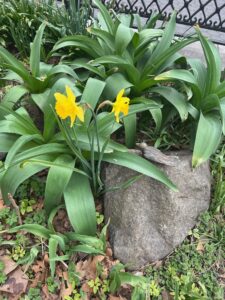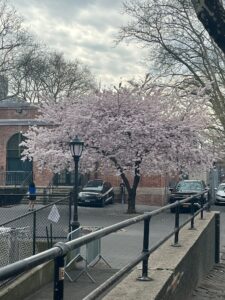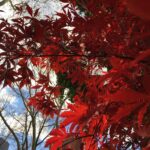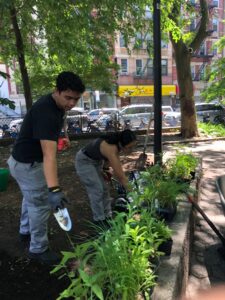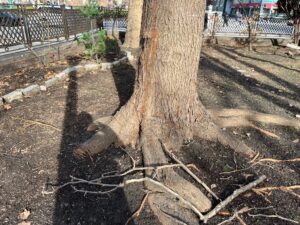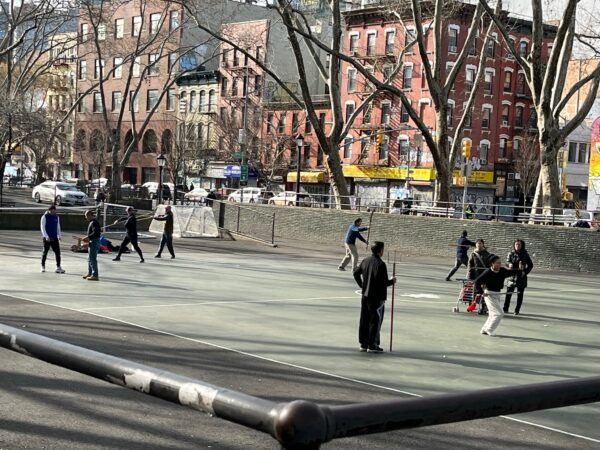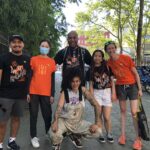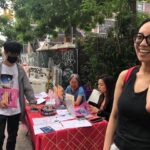The Chinatown Revitalization Initiative presented many safety-providing, positive, interesting proposals. We thank Governor Hochul for this funding.
This is a link to all the projects proposed
Specifically, on the proposal for Sara Roosevelt Park Hester to South Delancey:
We’ve listened to nearby residents, local organizations, gardeners, businesses, and sports users, we’ve sent out updates, used social media, and conducted one in-park tabling for ideas and to create awareness (not nearly enough).
Our proposals, as always, draft pending true community engagement. “In-Park” outreach done with no other agenda (except to ensure any improvements to not hasten the removal of low -income neighbors) than to learn what people want here.
For safety, for beauty, for public park uses, for maintaining our unique strengths and our diversity, while upgrading for even more positive use, for encouraging the neighborhood and public to see Parks as their backyards, get-away vacation spots, their air-conditioning, for uses aligned with the needs of our neighborhoods, that do not encourage further displacement of the low-income communities of color here via gentrification:
- After a number of consultations with birders over the years: New wrought iron fence around the bird sanctuary 5-7’ tall -north end for safety, 4’ for south section with gate so there are two means of egress in an emergency. Consult birders for any changes.
- Grand St. entryway: Remove brick walls along Grand Str for maximum visibility from the street and maximum
- South Delancey entryway: Remove broken steps, create two wide accessible pathways.
- Retain community stewarded garden plots. (Hua Mei, Sebaestian de Britto, Ribbon plot).
- Pipe water sources (there are none here for the garden plots) –Bruckner boxes and water fountain.
- Remove low brick walls that front the two side plots – misused to sell drugs. Restore decorative gates.
- Attach two metal tables in the open walk-way areas. Visible from street to provide seating that doesn’t encourage harmful or unsanitary acts.
- Repair asphalt from Delancey to Grand for accessibility and beauty.
- New, brighter lighting, downward facing, in the area. (some of this has been done)
- Fix the benches along the Pit.
- Do in sections when possible so most of the park can remain open.
- Fix drainage in Pit in southern end.
- Share the Broome Parkhouse with a local community organization or storage for local sports recreation. Or return it for full community activation.
- We need more information from those who would be most impacted on any changes to Forsyth Street from Hester to Grand Streets. What do they want/need. Such as, how would it affect small business parking needs? Small businesses, the local schools, Parks Dept, and residents need to weigh in on this part of the proposal.
- We assume Parks Department will address and heed all of this.
On proposed artificial turf lawn burying the Pit area:
We have a synthetic turf field in this section and are oversaturated with synthetic turf fields (used primarily by outside sports groups that have the tech ability to get and retain permits). Artificial turf has issues with carcinogenic materials.
More problematically, no one we spoke to, who lives (or plays) or has businesses here (for decades) had heard of this or, if they had, did not think it affected them.
In this area of SRP, ‘The Pit’ is one of the only active, versatile, and well used spaces (used by the local community and others): The Burmese Water Festival, the New Museum, elected officials, ROAR, badminton, Tai Chi, Bike Polo, Soccer (the soccer ‘pitch’ recently painted as an East River Park mitigation), etc. As such, The Pit use makes the area safer, as does the gardening by SRPCC volunteers and the 5th Pct’s Youth Explorers. City Relief also provides a safety on south Delancey on Thursdays.
– Revised December January 2023
(former draft proposals are kept on the website – we get smarter and more informed as we ask our neighbors).

